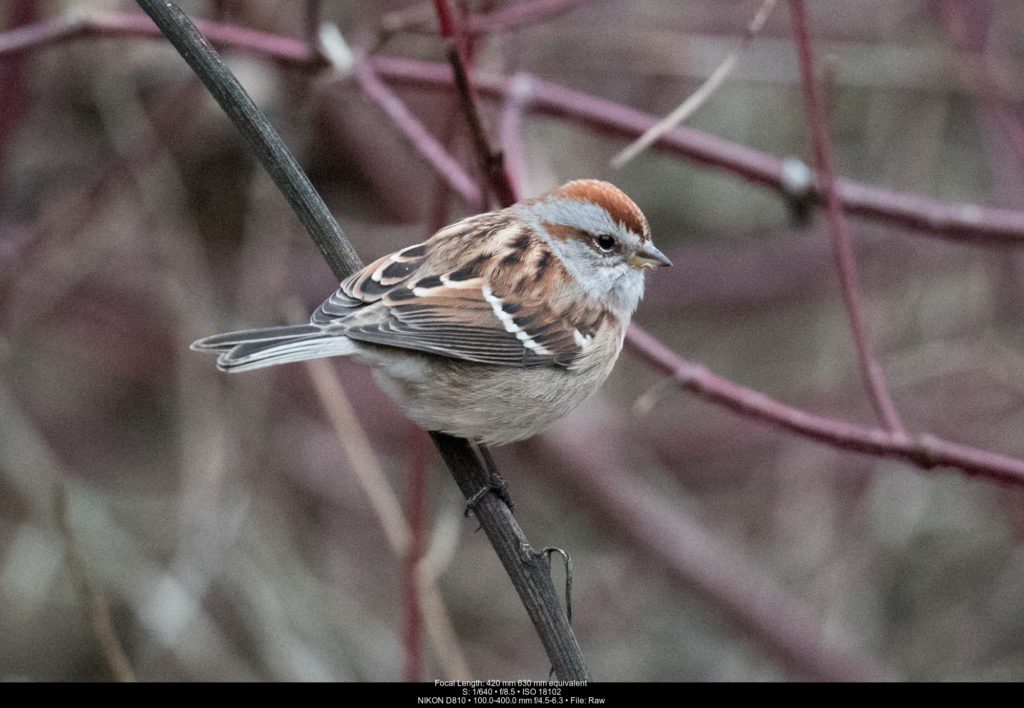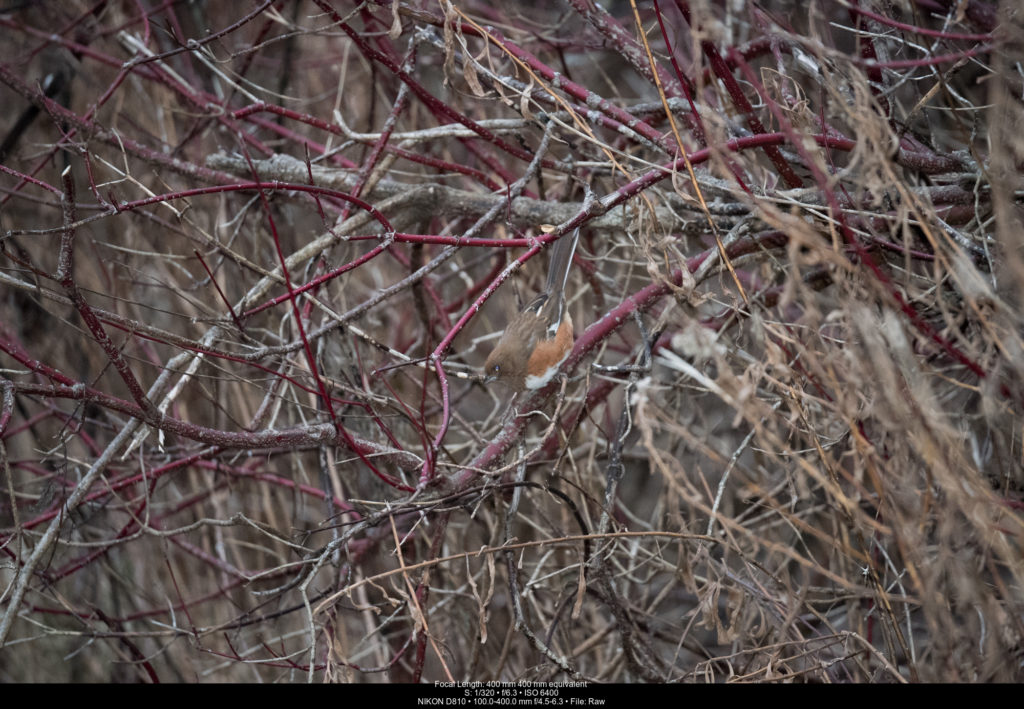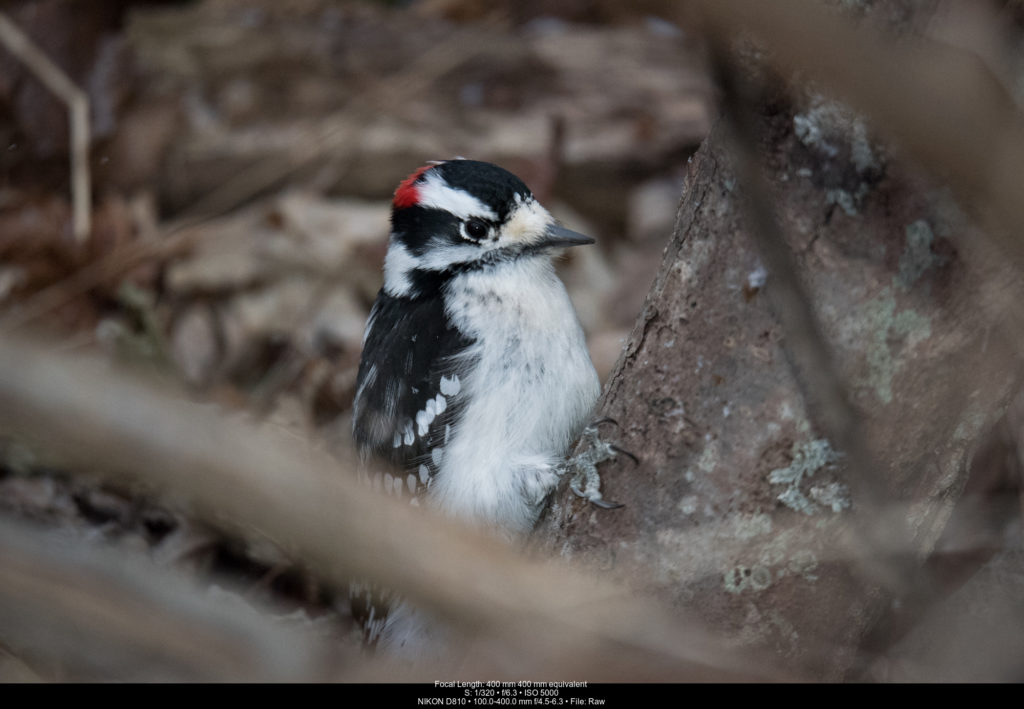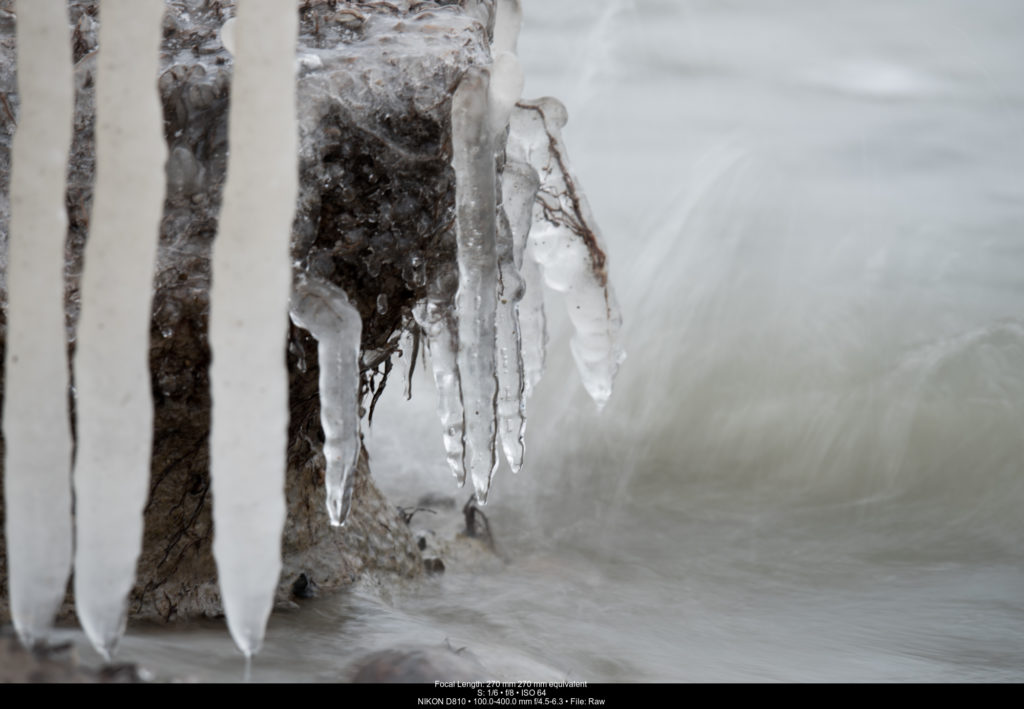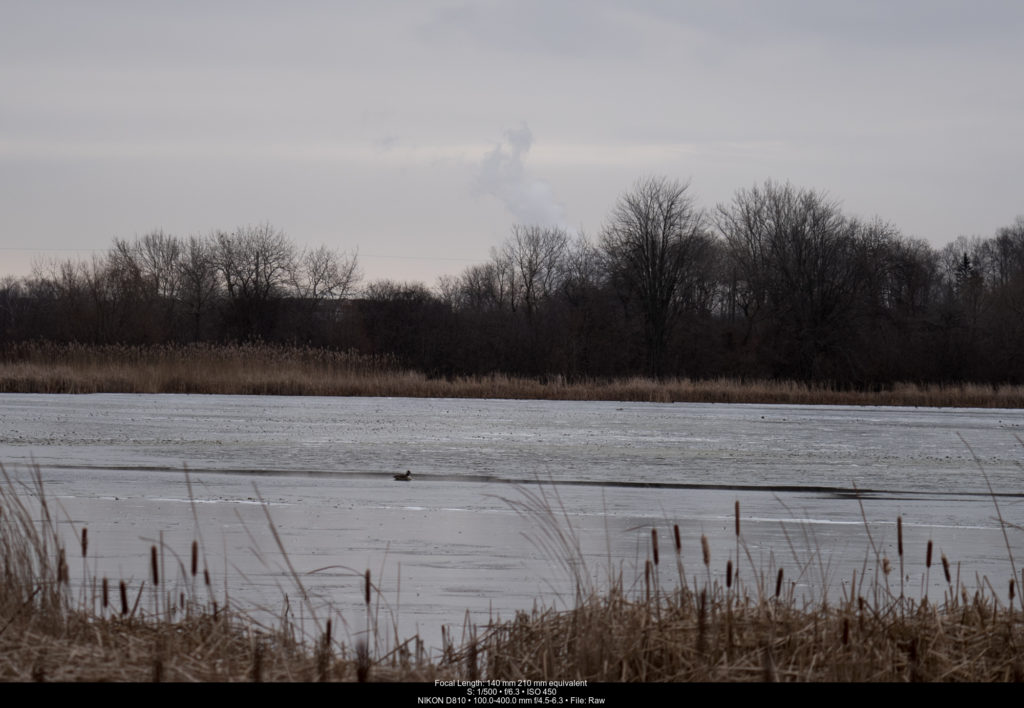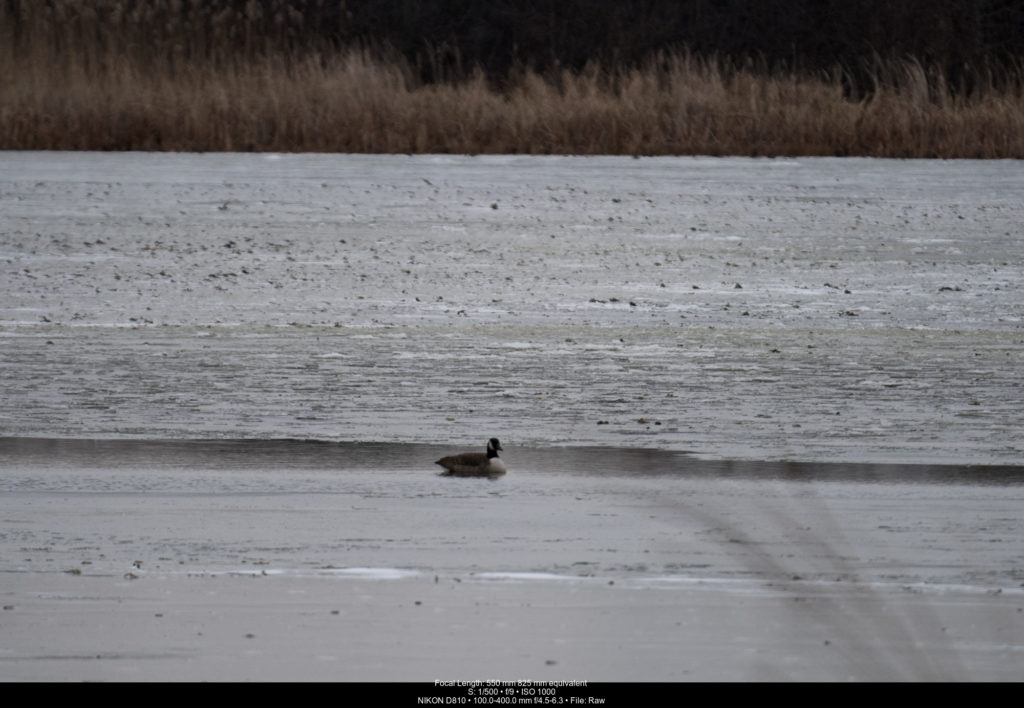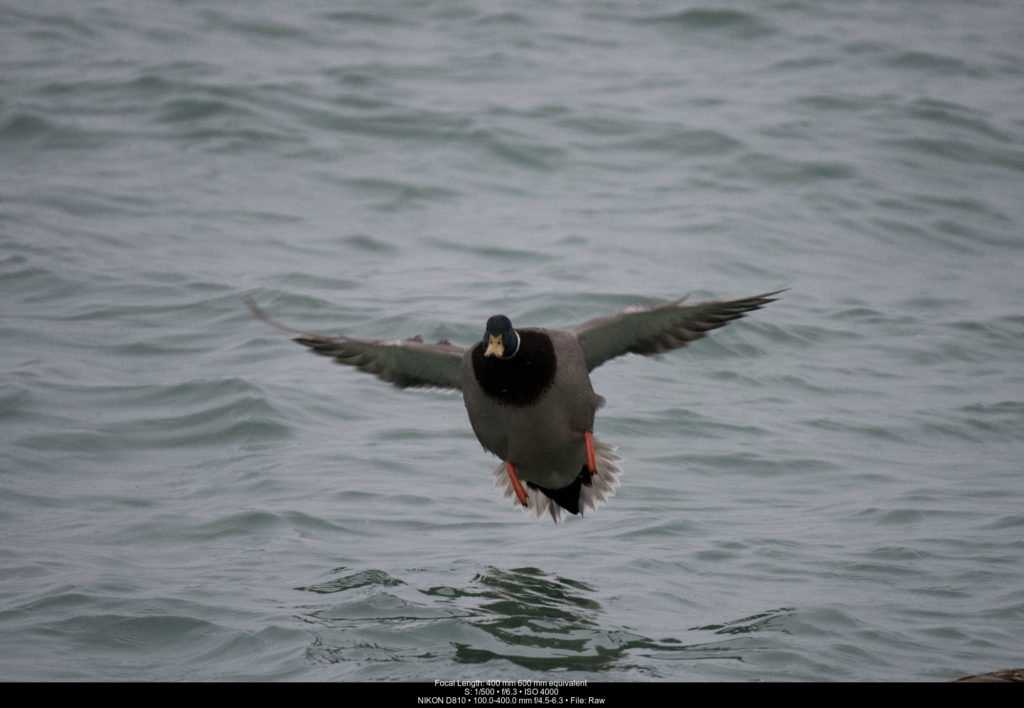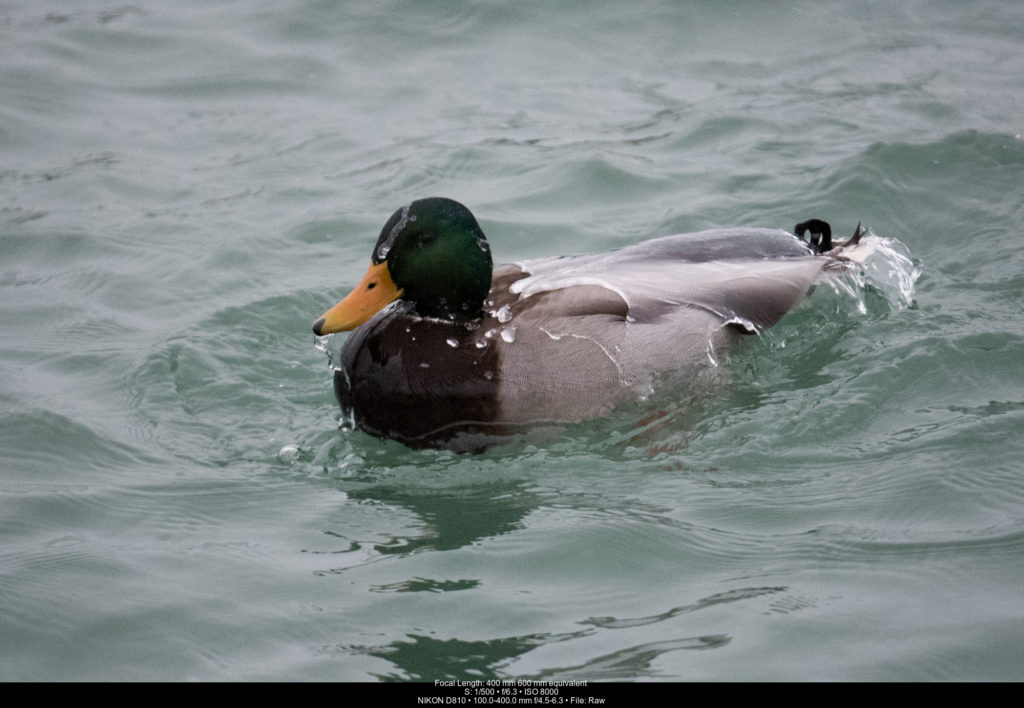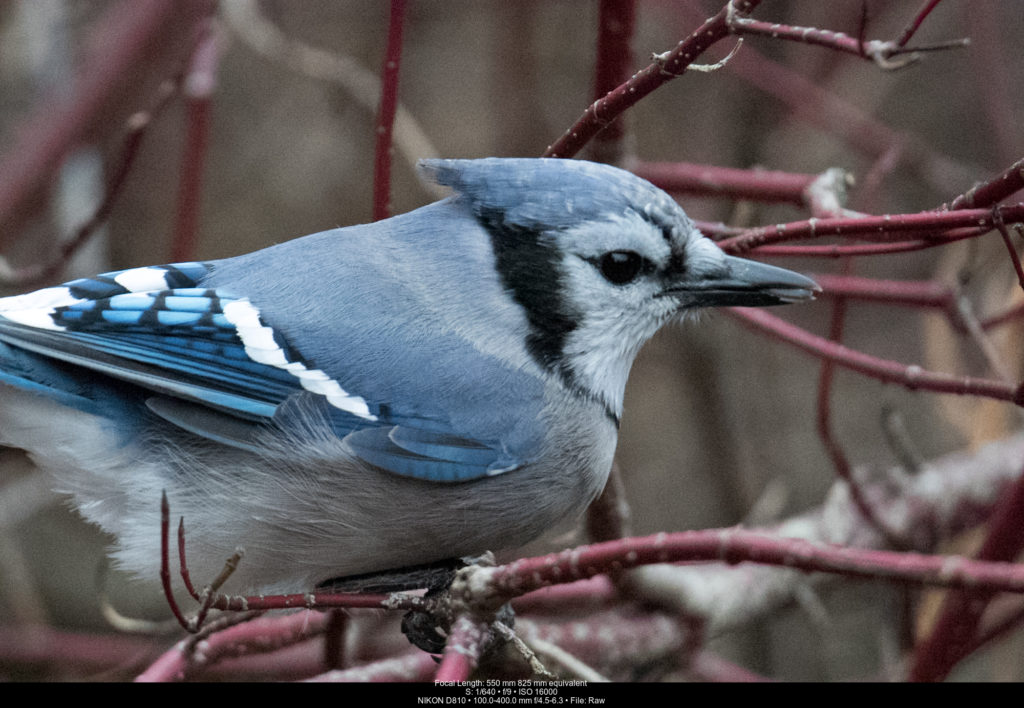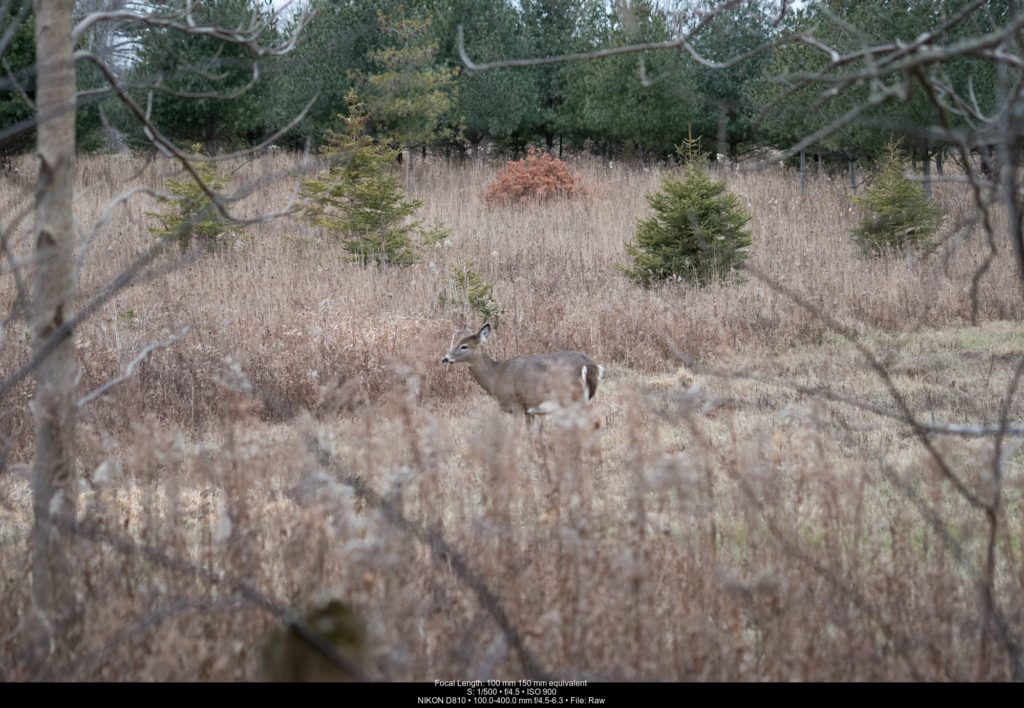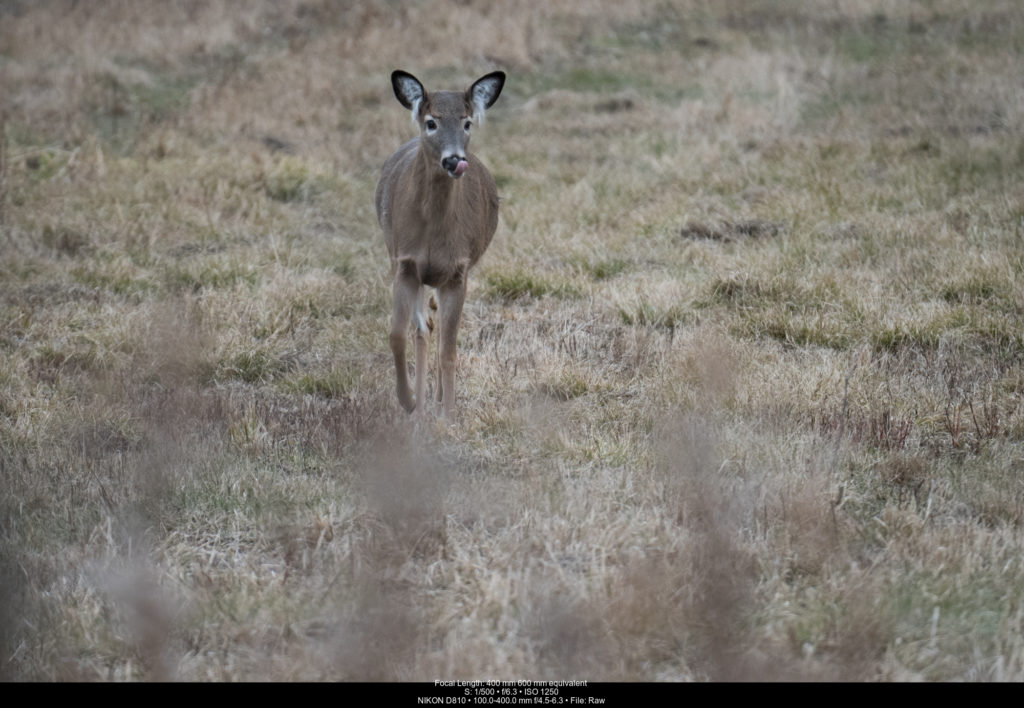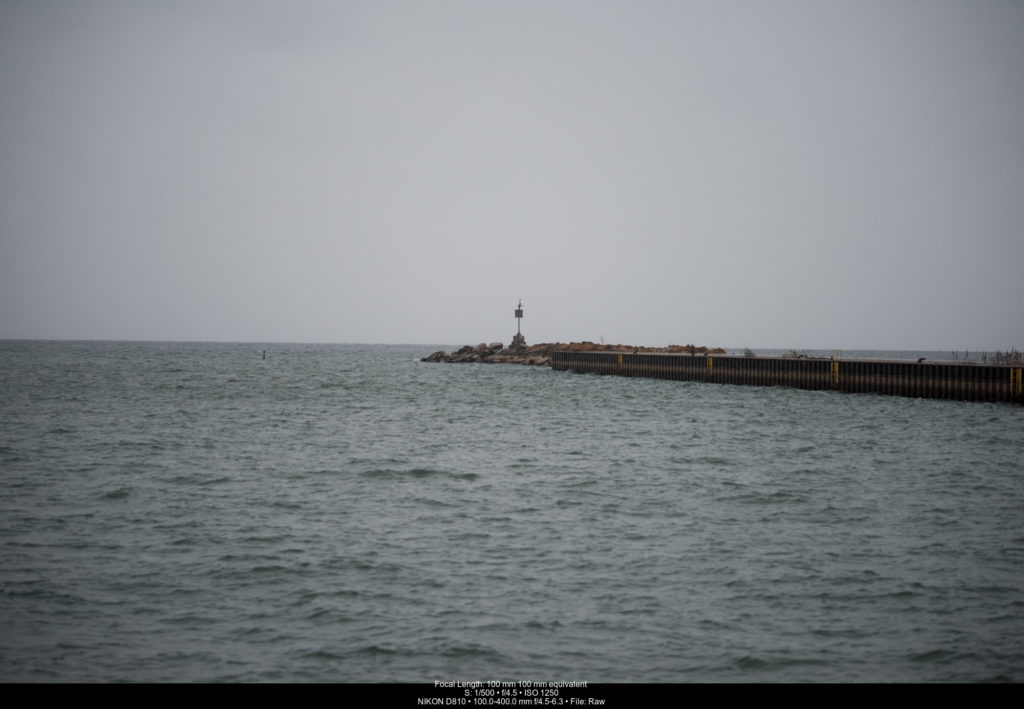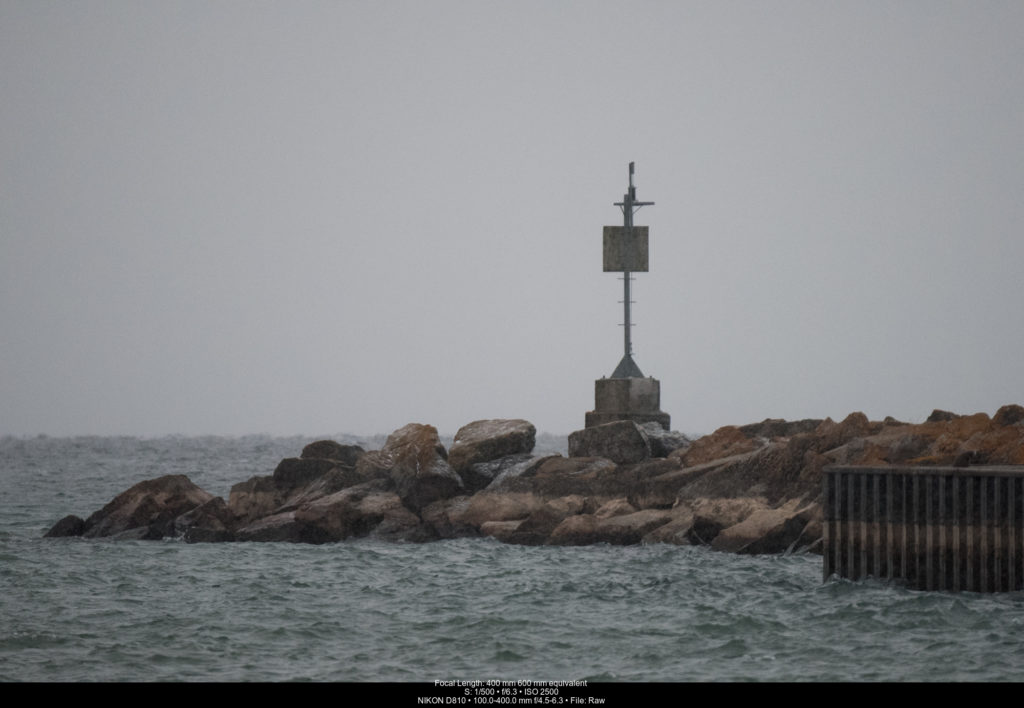Tamron Canada has been on fire lately – releasing one stellar lens after another. I’ve been a big fan of Tamron since the first SP 24-70 F/2.8 Di VC lens – it was a game changer that let me capture images I couldn’t with any other lens in that focal range. Thankfully, the tradition continues with the latest SP 100-400mm F/4.5-6.3 Di VC USD.
I was immediately impressed by the weight. At a svelte 1,115g (Nikon), the Tamron 100-400mm felt lighter than my D810+battery grip behind it. This made it a lot easier to walk around with. It was the second comment from everyone who saw the lens (as much as I wanted to avoid people, they’re still in the good shooting spots ☺).
Canon shooters have always had a solid choice in the 100-400mm L, but both their versions are heavier by a several hundred grams. Nikon shooters have the 80-400mm lens, which is noticeably heavier as well. Price wise, the Canon and Nikon lenses, even on the used market, are more expensive than this sub-$1,129 Tamron. Tamron’s closest competitor is the recently released Sigma 100-400mm – also heavier and less bright with a f/5-6.3 aperture range. While I didn’t get to test this, most Tamron lenses hold a wider aperture throughout the focal range longer than most of the competition – saving you at least 1/3 stop.
Overall build quality follows Tamron’s recent G2 lenses . The first thing people notice is semi-gloss/silk black finish, followed by the understated yet elegant titanium finish ring near the mount. The 100-400mm is as nice looking as it is well-built. There’s even an optional tripod collar if you want to mount the lens.
The lens feels solid with both zoom and focus rings being nicely damped. I was really impressed by the size of the focus ring as I regularly tweak focus on the lens. Tamron changed the usual AF/MF switch and added a “Limit” position in the middle. You can adjust that limit using the optional Tap-In Console.
The other switch is for image stabilization or, as Tamron calls it, Vibration Compensation. There are 2 modes (by default, “regular” VC and “panning” VC) that can also be tweaked with the Tap-In Console.
Tamron’s VC is one of the best lens stabilizers available. I was able to hand-hold down to 1/6 second – blurring the water while keeping the icicles sharp.
Tamron now uses separate computer cores/processors. One is dedicated for the Ultra Sonic Drive auto focus system and the second one for the VC system. This means the 100-400mm focuses very fast while maintaining the industry best image stabilization.
The closest you can focus is 1.5m – enough to fill the frame for a Portrait of a Nutcracker. The quality of the bokeh was appealing and smooth – branches smoothly blur away and become less distracting. One of the surprising aspects was the minimal vignetting. There is some at 100mm/full frame but it’s almost imperceptible on crop at 100mm. Vignetting is indiscernible at longer focal lengths. Usually, variable aperture and wide range zoom lenses suffer significant darkening of the corners, but not the Tamron 100-400mm.
I tested autofocus using 3D tracking and was very happy with the images of Mallard drakes – just as he was landing and right after dunking under the water to rinse off. The 100-400mm locks on quickly and tracked smoothly – even with the circuitous route the Mallard took on the way into the bay.
Detail and colour reproduction are very nice. It was a cold, grey, flat day and all images reflect those overall tones. However, the bright red patch on the back of the male Downie Woodpecker, the burnt orange of the female Eastern Towhee and the signature tones of the Blue Jay are spot on.
After mounting the 1.4x teleconverter, the first thing I noticed is that 3D tracking disappeared. With a maximum aperture range of f/6.3-9.0, Nikon cameras don’t like to use 3D tracking. However, with AF-C and Group enabled, tracking worked quite well. The autofocus was a little more sluggish, but that’s normal with a teleconverter. I didn’t bother with the 2x teleconverter, as that would make the lens much darker and would only manual focus.
The 100-400mm focal range, on either full frame or crop sensor, is very useful. You can quickly change from an environmental scene, showing a Canada Goose or Whitetail Deer in its natural habitat, to a more intimate portrait of the creature. The addition of a lightweight teleconverter let’s you capture the mohawk of a squirrel in all its glory.
My only quibble with the lens is removing the pinch-style lens cap with gloves on and the hood reverse mounted. The trick was to remove the hood, then the lens cap and then install the hood. However, with the hood mounted, it’s deep enough to protect the front of the lens so you may not need a cap.
The Tamron 100-400mm can change the way you shoot and how much gear you carry. With very good image quality, you aren’t losing anything. With very manageable weight and size, you gain a lens that is perfect for travel or long hikes. You can get close to the 150-600mm focal length by adding a teleconverter and not miss photos because you didn’t bring a longer, bigger lens.

About the Author – Will Prentice (www.capturaphoto.ca) is a professional photographer based out of Whitby, Ontario and Brand Specialist – Lighting for Amplis.



